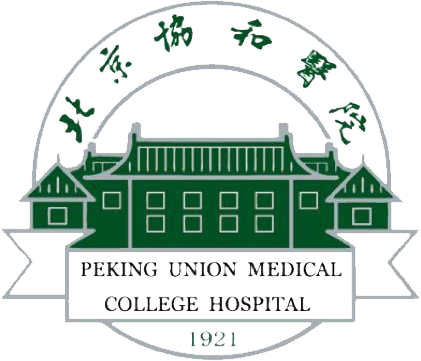Since the burst of COVID-19 pandemic, PUMCH has formulated a series of prevention and control strategies to ensure that patients and medical staff have no hospital infection. In accordance with the overall requirements of "precise prevention and control, preventable and controllable, freely retractable, efficient and orderly", PUMCH sorted out and summarized the previous prevention and control strategies and formed the “COVID-19 pandemic Hierarchical Prevention and Control Management Rules (Trial Version)”, to build a standardized and institutionalized long-term mechanism. The hospital is currently adopting a normalized prevention and control plan to deal with the new COVID-19 pandemic.
PUMCH’s hierarchical prevention and control is divided into primary, secondary, tertiary, and normalized four-level prevention and control plans. Each level covers key areas and special areas such as inpatient, outpatient, emergency, and high-risk diagnosis and treatment projects. 9 aspects are included: medical work, patient and family management, physical examination center management, staff management, special medical tasks, hospital infection inspection, protective material management, visitor management, and guard management. When the epidemic situation changes, the Hospital Infection Management Office will request for initiation, which will be implemented after approval by the hospital leaders.
Hospitals are key areas and special areas in the prevention and control of the pandemic. At present, the response level of public health emergencies in Beijing is tertiary, PUMCH is adopting a normalized prevention and control plan. Wards are ensured to spare a room at any time for buffering or temporary isolation ward; strictly implement the three-signature rules for admitting inpatients and surgical patients; outpatient and emergency department should ensure ‘one doctor, one patient, one consulting room’ to avoid people clustering; outpatient clinics are required to have windows or positive pressure ventilation; emergency infusion room and observing patients should be kept at a distance of 1 meter, and if necessary, the primary level pre-examination and triage as well as current limiting should be implemented.

▲Beijing Jiankangbao and the appointment voucher are required before entering the outpatient hall.

▲The outpatient and emergency department strictly implements the rules of ‘one doctor, one patient, one clinic’.
Picture by/Sun Liang
